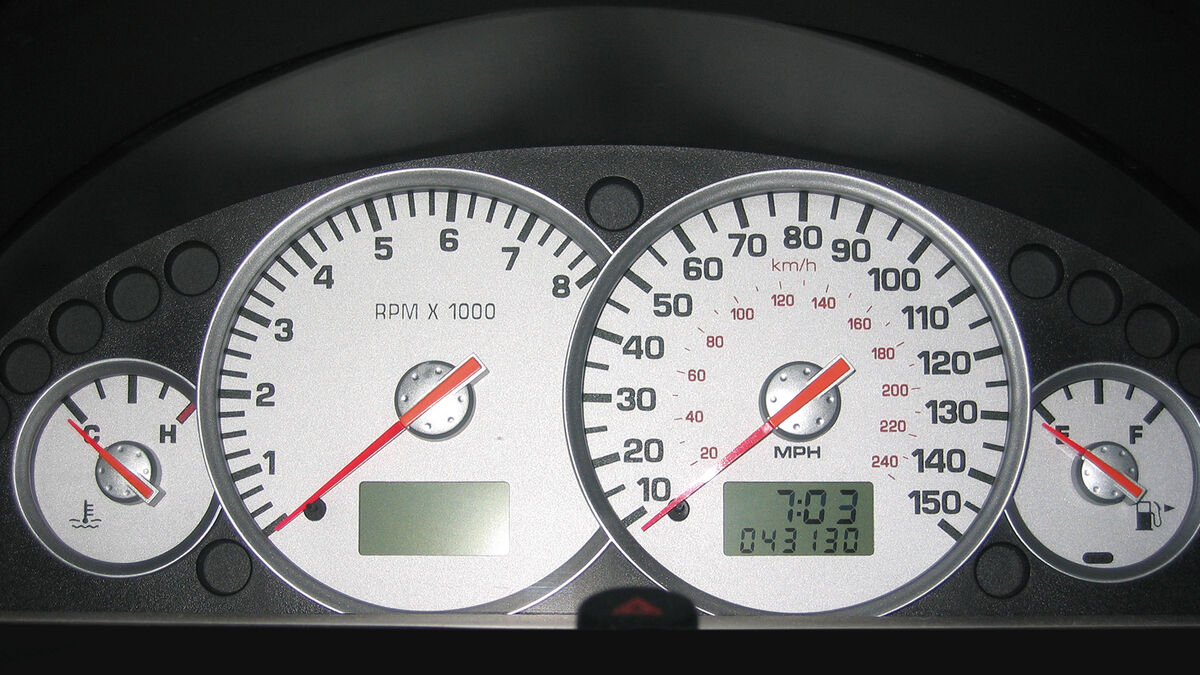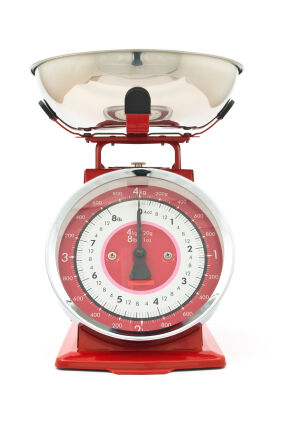
Measurement abbreviations are not hard to master. They are the same for singular and plural forms of a word, which simplifies things significantly. For example, one kilometer is abbreviated 1 km, and two kilometers is 2 km. Let's take a look at the most often used measurement abbreviations and get a little insight into how these abbreviations are developed.
Measurement Abbreviations
Here's a handy guide to more than 25 measurement abbreviations arranged by what they measure. You’ll find many of the units discussed here use standard number and quantity prefixes to make a unit name. The abbreviation is then a shortened version of that unit name.
Height/Length/Depth
The following abbreviations are for units used to measure length, height, or depth. They can also be used to measure distances and ranges.
- ft - foot/feet - A foot is twelve inches.
- fm - fathom - A fathom is six feet.
- in - inch/inches - An inch is 1/12 of a foot.
- mm - millimeter/millimeters - "Milli" comes from the Latin word for one thousand, but in measurements, it usually indicates one thousandth, not one thousand. A millimeter is one thousandth of a meter.
- cm - centimeter/centimeters - "Centi" means one hundred, but just like "milli" in measurements, it means one hundredth, not one hundred. A centimeter is one hundredth of a meter.
- m - meter/meters - A meter is equal to 39.37 inches, or slightly more than three feet.
- km - kilometer/kilometers - "Kilo" comes from the Greek word for one thousand. A kilometer is one thousand meters.
- yd - yard/yards - A yard is equal to three feet, or not quite a meter.
- mi - mile/miles - A mile is 5280 feet, 1760 yards, or approximately 1.6 kilometers.
Area
Area has its own measurement units, which have abbreviations too. You’ll sometimes see these used in real estate abbreviations.
- ac - acre - An acre is a land measurement that’s equal to 1/640 square mile.
- sq mi/mi² - square mile - A square mile is a piece of land that is one mile wide and one mile long.
- sq yd/yd² - square yard - A square yard is an area that is one yard wide and one yard long.
- sq ft/ft² - square foot - A square foot is an area that is one foot long and one foot wide.
- sq in/in² - square inch - A square inch is an area that is one inch long by one inch wide.
- cm² - square centimeter - A square centimeter is an area that measures one centimeter in length and width.
- m² - square meter - A square meter is an area that measures one meter in length and width.
- km² - square kilometer - A square kilometer is an area that measures one kilometer long by one kilometer wide.
Weight
The following measurement abbreviations apply to weight:
- lb - pound/pounds - "lb" comes from the Latin word for pound, "libra."
- oz - ounce/ounces - There are 16 ounces in a pound.
- mg - milligram/milligrams - A milligram is one thousandth of a gram.
- g - gram/grams - A gram is one thousandth of a kilogram.
- kg - kilogram/kilograms - A kilogram is equal to approximately 2.2 pounds.
- T - ton - A ton is 2,000 pounds.
- st - stone - A stone is a weight measurement that equals 14 pounds.

Volume/Capacity
The following measurement abbreviations work for volume or capacity of a container or space:
- tsp or t - teaspoon/teaspoons - A teaspoon is equal to about 1/6 of a fluid ounce or almost five milliliters.
- tbs, tbsp or T - tablespoon/tablespoons - A tablespoon is about half a fluid ounce, three teaspoons, or fifteen milliliters.
- c - cup/cups - A cup is half a pint or eight ounces.
- qt - quart/quarts - A quart is a quarter of a gallon, two pints, or about a liter (more or less, depending on whether it's a US liter or a British liter).
- ml - milliliter/milliliters - A milliliter is one thousandth of a liter.
- l - liter/liters - A liter is a measure of capacity equal to 1000 cubic centimeters. If a container that size were filled with liquid, it would equal about 1.75 pints.
- pt - pint/pints - A pint is half of a quart.
- gal - gallon/gallons - A gallon is four quarts or not quite four liters.
Temperature
Temperature also has specific measurement abbreviations, depending on whether you’re using Celsius or Fahrenheit.
- F - degrees Fahrenheit
- C - degrees centigrade/Celsius
- cal - calorie (small calorie)
- Cal - kilocalorie (large calorie)
Speed
These unit measurements work for speed:
- mph - miles per hour
- kph - kilometers per hour
- kn - knots. Nautical miles per hour. A nautical mile is about 2025 yards.
Formation of Measurement Abbreviations
Measurement abbreviations are formed, for the most part, in one of three ways:
- An abbreviation might be formed using the first and last letter of the complete word. "Yard," for example, is abbreviated "yd.," and "quart" is abbreviated "qt."
- Some measurement abbreviations are formed by using the first letter or two (or sometimes three) of the word. Some examples of this are mi. (mile), in. (inch), cal. (calorie), and all of the basic units of measurement in the metric system (meter, gram and liter).
- The third way measurement abbreviations are often formed is by using the first letter of each word (mph/miles per hour) or major part of the word. When a prefix is added to a basic metric unit, the word is abbreviated by using the first letter of the prefix and the first letter of the basic unit. "Centimeter" is centi + meter, so the abbreviation is "cm."
Use Abbreviations Correctly
Ultimately, measurement abbreviations allow you to get your point across clearly and quickly. However, there are some situations where you should and should not use abbreviations. Learn about rules for using abbreviations so you know how to use them correctly.